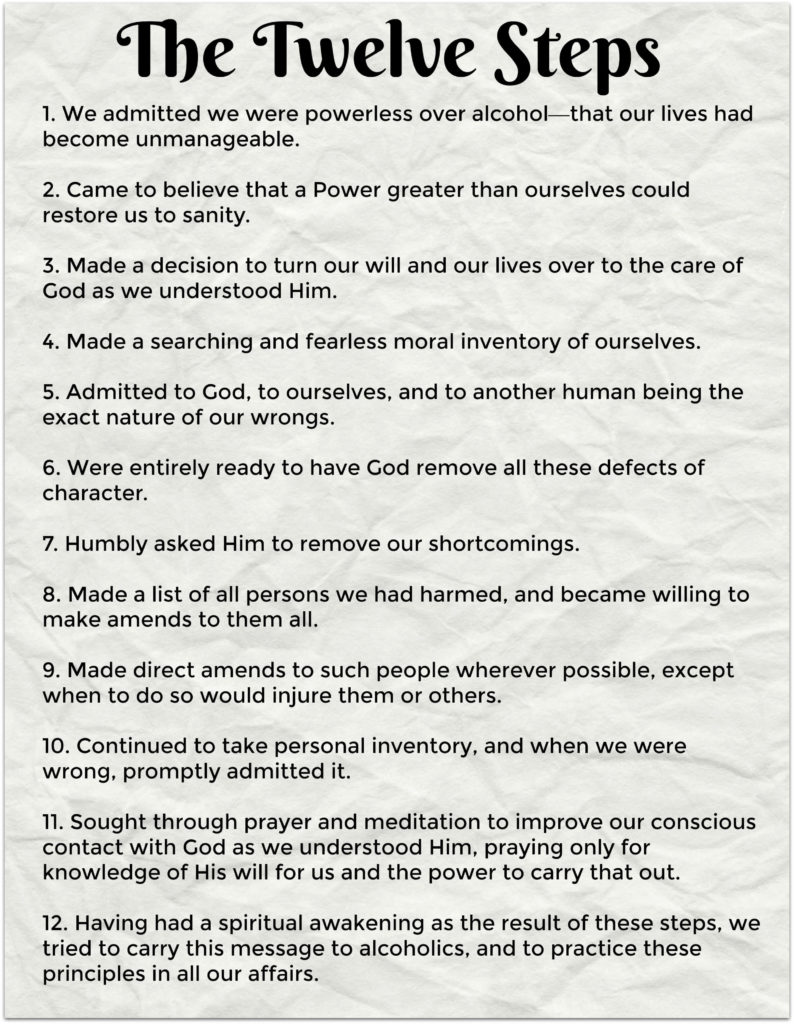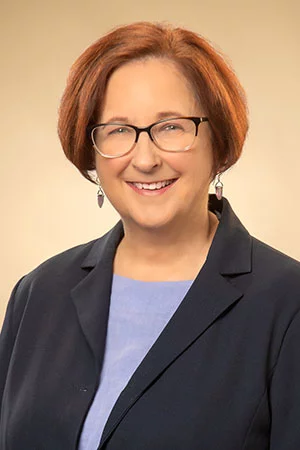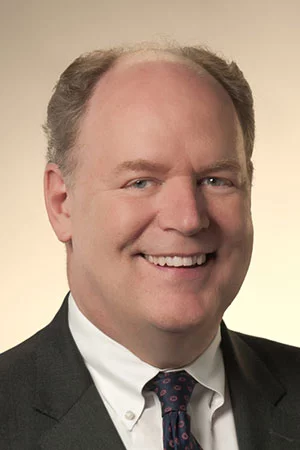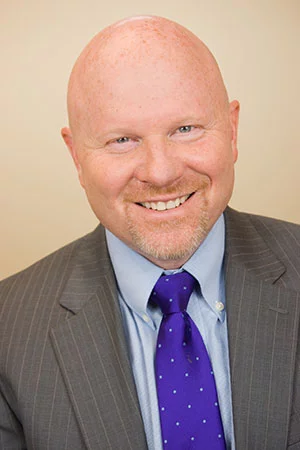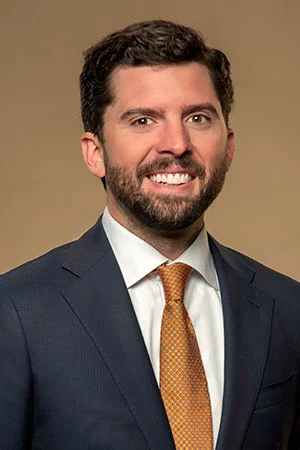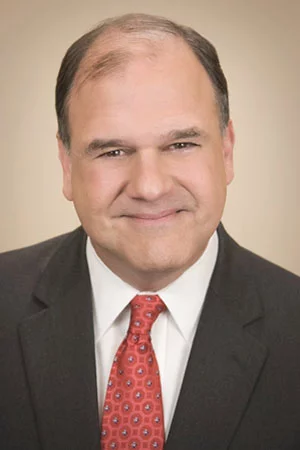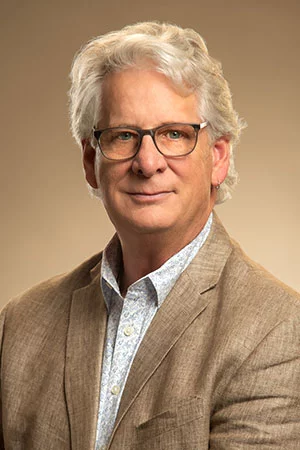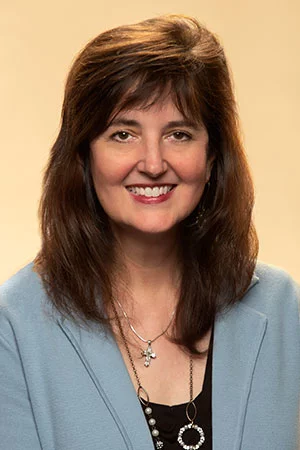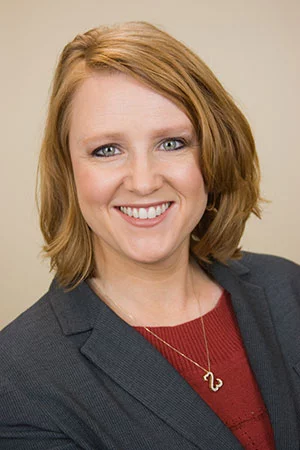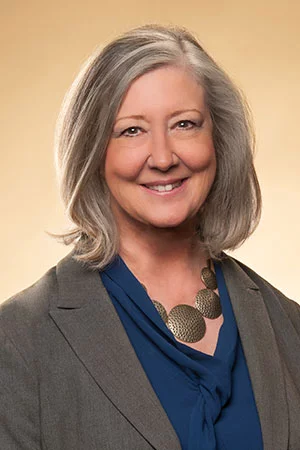Volume 29 Number 46
December 4, 2017
Alcoholism & Drug Abuse Weekly
Many people mistakenly define the 12 Steps as a treatment approach, which therefore somehow serves to exclude other strategies in working with patients with addictions. In reality, the Steps are more of a philosophy that can serve as a foundation around nearly every accepted treatment modality, which is why a wide range of programs are able to integrate the Steps into their patients’ experiences in treatment every day. “The 12 Steps are more of a point of view, which means you can believe all that and still do straight ahead [cognitive behavioral therapy],” Keith Humphreys, Ph.D., section director for mental health policy at Stanford University’s Department of Psychiatry and Behavioral Sciences, told ADAW.
“People think of the 12 Steps as a rigid set of procedures. It’s not,” Humphreys said. He is quick to remind, in fact, that one of the adages in the Big Book of Alcoholics Anonymous (AA) is that “the 12 Steps are but suggestions.” The 28-day residential programs that were the most fervent in structuring each week of treatment around a progression through the Steps may be fading in today’s market, but the treatment field’s belief in the power of the Steps certainly has not diminished. Twelve-Step Facilitation is a research-based practice in which programs seek to help patients establish lasting connections with recovery support resources in the community. This effort is based on the realization that when addressing a chronic disease, the meaningful and ongoing connections that patients can establish post-treatment may prove more important than what happens in the time-limited context of a primary treatment stay.
Looking through the 12-Step lens
This establishes a repetitive pattern, it reminds patients of the small actions they will need to take in order to stay in recovery every day.
– Cinde Stewart Freeman discussing a New Design for Living for individuals in Recovery
ADAW spoke with Cinde Stewart Freeman, chief clinical officer at Cumberland Heights in Nashville, Tennessee, who explained, “We use a variety of evidence-based practices that operate through the lens of a 12-Step-based philosophy.” Cumberland Heights patients’ exposure to the Steps is early and frequent, although Freeman says their very first experience with the Steps might actually occur unconsciously. A daily routine that includes morning meditation, periodic pauses to check in at intervals during the day, etc., is grounded in the Big Book’s Design for Daily Living. “This establishes a repetitive pattern,” Freeman said. “It reminds patients of the small actions they will need to take in order to stay in recovery every day.” In their orientation to treatment at Cumberland Heights, patients are introduced to the Steps, but not simply in terms of what the principles are. The practices that go with that, and the importance of the 12-Step fellowship, are emphasized from the start, Freeman said. Every patient who comes in receives a copy of either the AA Big Book or the basic text of Narcotics Anonymous, Freeman said. These are used in numerous ways over the course of treatment, which in many of the facility’s program lasts for around a month. The night staff in the residences are very familiar with the texts and will be able to use them in a practical fashion when everyday problems such as an uncomfortable phone conversation with a spouse or a spat with a roommate threaten to distract. “These things seem ginormous when someone is struggling with recovery, and they often make people want to leave [the facility],” Freeman said. Staff will be able to use specifics from the Big Book to show how these everyday concerns can be addressed. “In that way the books are treated not as literature, but as instruction manuals,” she said.
Meeting attendance
Attendance at 12-Step meetings also becomes an important component of a Cumberland Heights patient’s treatment stay. Freeman said an on-site AA meeting takes place at the facility every Friday, but the majority of the meetings patients attend while in treatment are located out in the community. “We try to get people to meetings at least three times a week,” Freeman said. “We want them to experience different meetings,” which will help familiarize them with the types of recovery support options that will be available to them posttreatment, she said.
Cumberland Heights patients routinely rank their experiences in community meetings favorably in patient satisfaction surveys. “They see what people are like out in real life,” Freeman said. “People there are talking about real problems. It lends a genuineness to things. It leaves patients thinking, ‘Maybe I can really do this.'” Ironically, some research has shown that patients who have the opportunity to attend in-facility support meetings have better outcomes, says John F. Kelly, Ph.D., associate professor of psychiatry in addiction medicine at Harvard Medical School. Both a program’s outreach into the community and its ability to provide resources in-house appear to have a significant impact, Kelly indicated. Kelly told ADAW that residential programs tend to be able to incorporate more components of the 12 Steps because they have more time with the patient. Outpatient programs still can have an impact by exposing
patients to the roles of 12-Step groups and sponsors. “Ideally you can have a warm handoff” to resources in the community, he said.
A good fit with therapy
Even for a program as steeped in the 12 Step philosophy as Cumberland Heights, “That’s not all we do,” Freeman said. She said her staff ‘People think of the Steps as a rigid set of procedures. It’s not.’ Keith Humphreys, Ph.D. colleagues probably have grown tired of hearing her say, “If all we do is what AA and NA did, we need to charge just a dollar.” Therefore, the organization has worked to understand how numerous treatment modalities can work through a 12 Step lens. Freeman said Cumberland Heights has worked with clinical experts at the Center for Dependency, Addiction & Rehabilitation (CeDAR) at the University of Colorado Hospital to incorporate a 12-Step-influenced model of dialectical behavior therapy. It also has tailored interventionist Judith Landau’s ARISE model to its 12 Step framework, helping patients to see the issues they are facing in a familial context. Around two-thirds of Cumberland Heights staff are in recovery, but the organization’s leaders want all employees to be literate in the Steps. The organization is establishing what leaders affectionately call a 12-Step “boot camp” for new employees, Freeman said. Humphreys believes that a 12 Step philosophy basically can fit with any research-supported treatment modality — with possibly one exception.
“We know there is a class of people who will wind up as moderate drinkers,” he said. “That doesn’t mesh with people’s understanding of the Steps.” Ironically, that is the case despite language in the Big Book that references some people ultimately being able to drink “like a gent,” or in moderation, he said.

